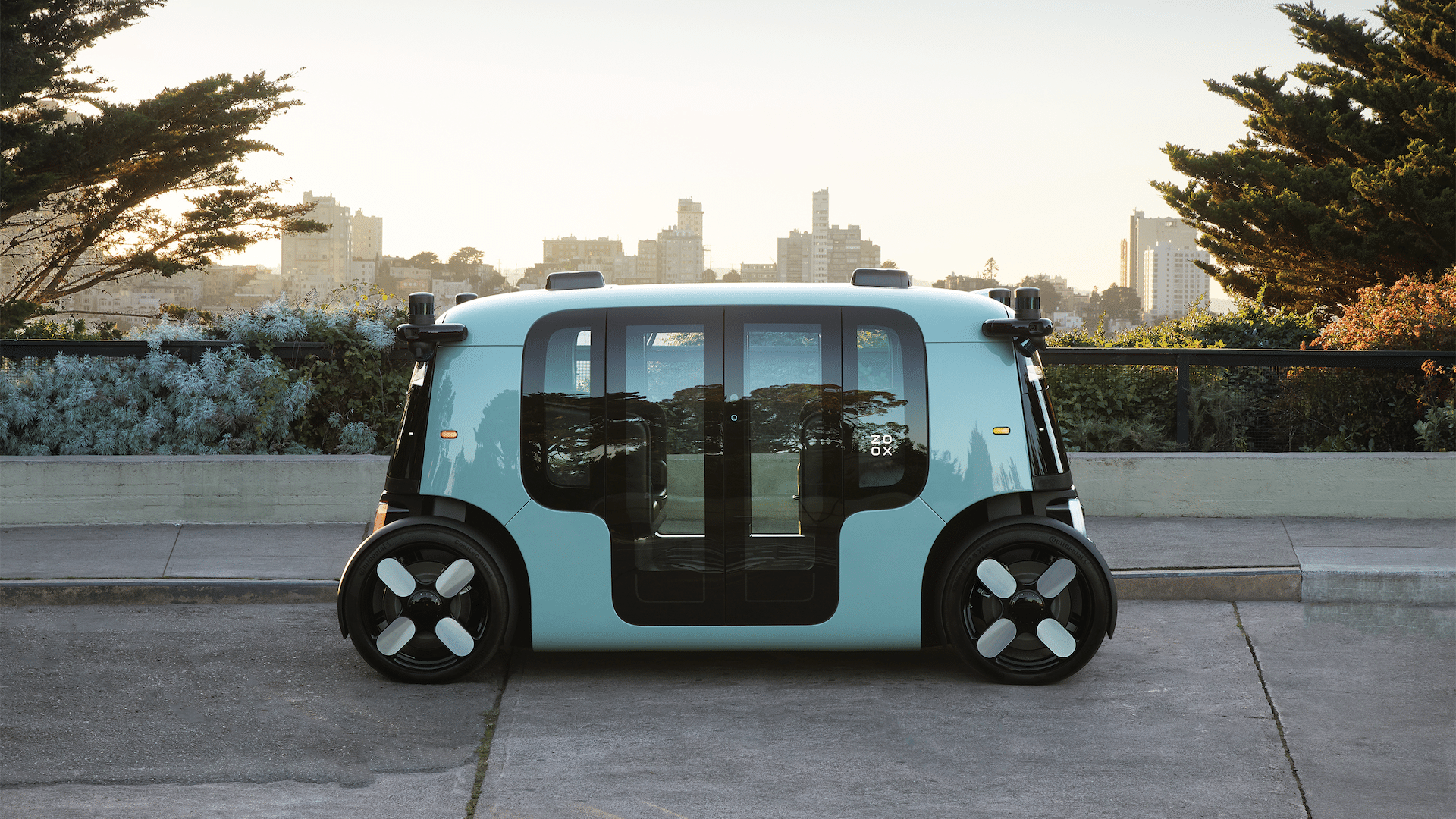We recently caught up with Doug Gould, Senior Manager, Strategic Partnerships and Procurement at Zoox. Doug took a few minutes to answer some questions on the challenges that come with building an autonomous and electric vehicle from the ground up.
Your concept is dependent upon potential riders being comfortable with an autonomous vehicle. Are you concerned about some expressed reluctance to this shown in surveys?
DG: Autonomous technology is still new to most people and it’s going to take time – including having the opportunity to experience the technology – before it becomes second nature to riders. Right now, most robotaxi developers are retrofitting traditional cars with this new technology. It can be extremely disorienting for a rider to get into one of these vehicles and then see a steering wheel moving without a driver behind it.
Zoox has completely reimagined the mobility experience, designing a vehicle for riders, not drivers. There is no steering wheel or pedals on our autonomous robotaxi. By taking a ground-up approach to the design of our vehicle and service, we’re able to optimize for both rider experience and safety.
What are the biggest challenges in designing a vehicle that is both electric and autonomous?
DG: At Zoox, we are applying the latest techniques in the automotive and robotics industries to build a symmetrical, bidirectional, battery-electric vehicle that solves the unique challenges of autonomous mobility. It’s a complex challenge and integrating the software, sensor, and vehicle subsystems require tight, cross-functional collaboration.
Is charging infrastructure in place a concern at this point?
DG: We are acutely focused on charging infrastructure. We have already installed DC fast chargers to support our vehicle fleet at multiple locations. Our vehicles will be able to charge on most CCS-1 compatible chargers, which is the charging standard for EVs in the US. Also, we are in discussions with several charging-as-a-service companies and charging infrastructure providers to utilize an array of EV chargers and networks.
What gives Zoox a competitive edge?
DG: The greatest differentiator for Zoox is its ground-up, purpose-built design. While we’ve seen some of our competitors acknowledge that purpose-built hardware may be the optimal solution, most players in the space are still focused on retrofitting conventional vehicles with sensors and other advanced hardware. That may work during testing and beta phases, but the full realization of autonomous mobility requires a vehicle that is purpose-built for AI to drive and humans to enjoy. Additionally, Zoox is the only company that has a purpose-built vehicle with a sensor architecture and configuration that is geometrically identical to its L3 test fleet. This allows for software learnings to directly translate from the test fleet to the ground-up vehicle, which will eventually be deployed for commercial operation.
Another differentiator is that we are not afraid to go after the hardest problem–solving autonomy in dense urban environments. Most players continue to focus on suburban environments or alternative use cases, but we believe the economics are significantly more attractive in urban areas where you see the majority of ride-hailing trips today.
About Zoox
Zoox was founded in 2014 with a mission to make personal transportation safer, cleaner, and more enjoyable. The company plans to use its autonomous, electric vehicle to provide mobility-as-a-service in dense urban environments.
Click HERE to learn more about Zoox.








